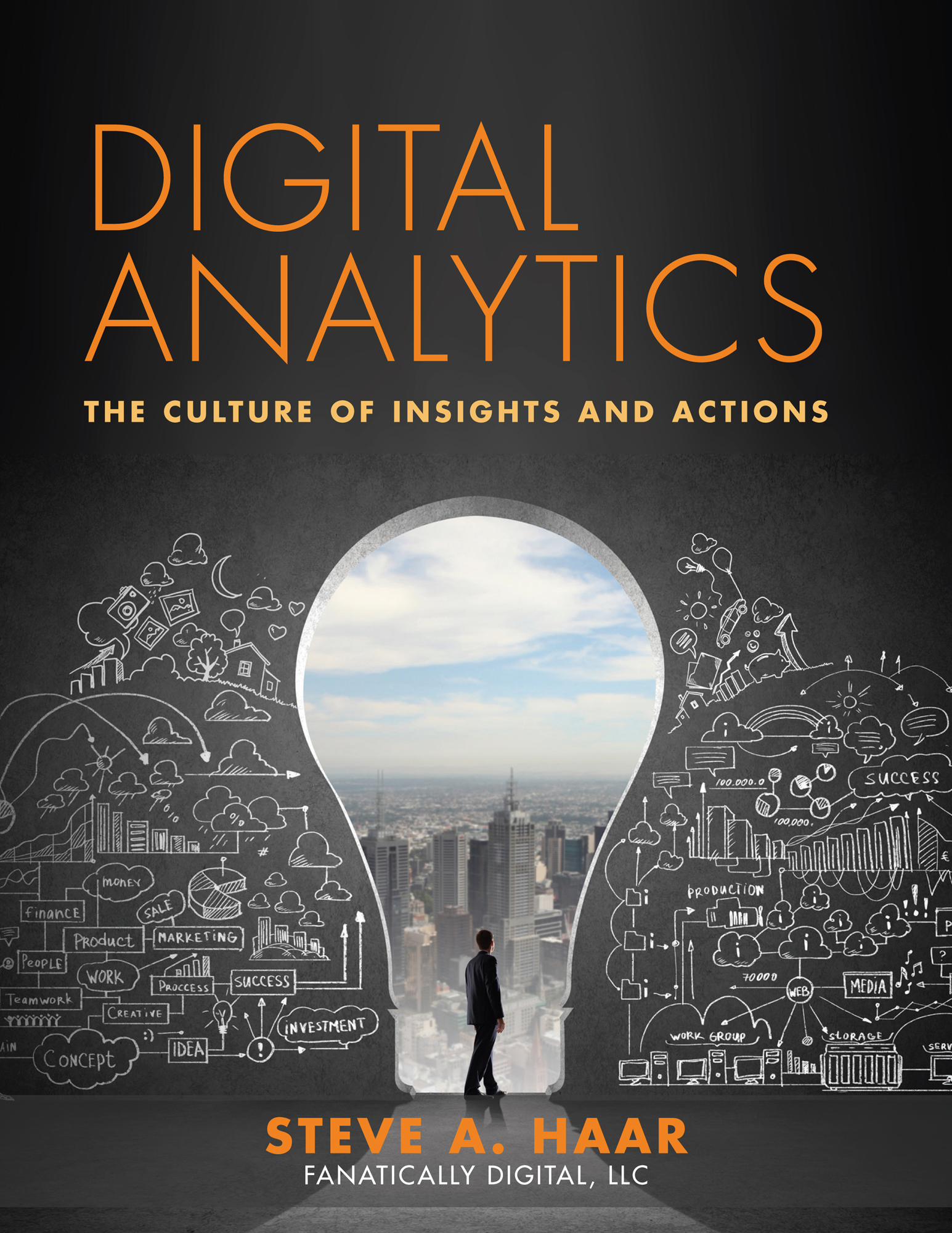Analytics is a great tool for helping us make decisions and take action. As a representation of behavior, it helps us respond to customers and see the impact of our actions. However, analytics only represents “what” but not “why” people behave in the way they do.
For some marketers this is a blind spot. Over dependence on numbers leads to paralysis or to erroneous decisions when working with a blank canvas and are absent the necessary intuition to provide the initial direction.
While we spend much time discussing analytics and big data, the reality is that the majority of businesses do not have deep stores of data on their customers, yet have to make decisions about how to approach the markets.
In this situation creating a starting point based on an understanding of the industry and an intuitive sense of the market, combined with tracking and analytics, is the best way to get moving. Since you are not starting with the answers, you have to implement programs in a way to derive the answers.
One approach is the “shotgun” approach and see what you hit. With careful tracking we can identify the segments, messages, campaigns that have the best chance of success while weeding out the elements that do not work. This approach identifies the opportunities relatively quickly but has a heavier upfront expense.
A second approach is to trust more on the intuition and start with more focused, smaller opportunities, and roll them out over enough time to determine if they can work. If not, move to the next idea and do the same. The greater one’s understanding or intuition, the more likely the right ideas will be first on the list. This approach has lower cost implications upfront, allows for applying what was learned but may take longer to find the best opportunities.
As we get more and more dependent on data, the art and intuition necessary to be complete in marketing is becoming rare. We have to be uncomfortable when faced with a lack of information and develop creative ways to kick off the marketing programs while gathering data along the way to better inform the next iteration of our activities.
